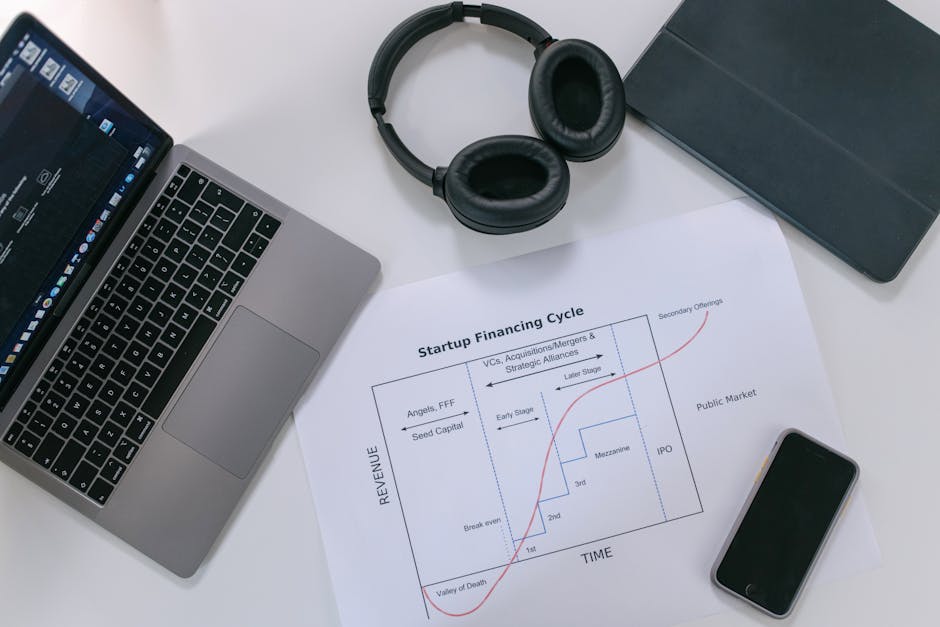Maximizing ROI with Automated Bidding Strategies

Automated bidding strategies have transformed the digital advertising landscape, providing marketers with powerful tools to optimize their return on investment (ROI). By leveraging machine learning algorithms and real-time data, these strategies automate the bidding process for online ads, ensuring that each bid is tailored to achieve specific campaign goals. This approach not only saves time but also enhances the precision and effectiveness of ad spend, making it a vital component in modern digital marketing.
Understanding Automated Bidding Strategies
Automated bidding strategies use machine learning to adjust bids for online ads based on various factors such as user behavior, device type, and time of day. These strategies can be set to achieve different objectives like maximizing clicks, conversions, or impression share. Google's Smart Bidding and Facebook's Automated Rules are prime examples of platforms offering these capabilities.
One of the primary benefits of automated bidding is its ability to analyze vast amounts of data in real-time. Unlike manual bidding, which relies on human intuition and past performance metrics, automated bidding uses complex algorithms to predict the likelihood of achieving the desired outcome for each ad auction. This leads to more efficient use of the advertising budget.
For instance, Google's Target CPA (Cost-Per-Acquisition) strategy adjusts bids to help get as many conversions as possible at or below a target CPA. Similarly, Facebook's Budget Optimization allows advertisers to set rules that automatically adjust bids based on performance criteria.
Types of Automated Bidding Strategies
Different automated bidding strategies cater to various campaign goals. Here are some common types:
- Maximize Clicks: Focuses on driving as many clicks as possible within the budget.
- Target Impression Share: Aims to show ads in a specific percentage of eligible auctions.
- Maximize Conversions: Prioritizes driving conversions within the budget constraints.
- Target ROAS (Return on Ad Spend): Adjusts bids to maximize revenue relative to ad spend.
Selecting the right strategy depends on the specific objectives and key performance indicators (KPIs) of a campaign. For example, an e-commerce business looking to increase sales might opt for Target ROAS, while a brand awareness campaign could benefit from Target Impression Share.
Implementing Automated Bidding Strategies
Implementing automated bidding requires a clear understanding of campaign goals and performance metrics. Start by defining what success looks like—whether it's increased website traffic, higher conversion rates, or improved brand visibility. Next, choose a platform that supports automated bidding and set up your campaigns accordingly.
An essential step in this process is setting realistic targets. For example, if using Target CPA, analyze historical data to determine a feasible CPA target. Similarly, for Target ROAS, calculate an achievable ROAS based on past revenue and ad spend data.
Monitoring and adjusting automated bids is crucial for success. While these strategies reduce manual effort, they still require oversight to ensure they align with changing market conditions and business goals. Regularly review performance reports and tweak targets or settings as needed to maintain optimal results.
The Role of Data in Automated Bidding
Data plays a pivotal role in the effectiveness of automated bidding strategies. Machine learning algorithms rely on historical and real-time data to make informed decisions about bid adjustments. The quality and quantity of this data directly impact the accuracy and performance of automated bids.
To maximize the benefits of automated bidding, ensure that tracking mechanisms like conversion tags and analytics tools are properly configured. This provides the algorithms with accurate data on user behavior and campaign performance. Additionally, segmenting data by variables such as audience demographics or device type can offer deeper insights and more precise bid adjustments.
Challenges and Best Practices
While automated bidding offers numerous advantages, it also presents challenges that marketers must navigate. One common issue is over-reliance on algorithms without sufficient oversight. Automated systems can sometimes make suboptimal decisions if not monitored regularly.
Another challenge is ensuring that bid adjustments align with broader marketing strategies and business objectives. It's essential to integrate automated bidding within a comprehensive marketing plan rather than treating it as a standalone tactic.
Best practices for leveraging automated bidding include:
- Regular Monitoring: Continuously track performance metrics and adjust settings as needed.
- A/B Testing: Experiment with different strategies to identify what works best for your campaigns.
- Data Quality: Ensure accurate tracking and segmentation for better algorithmic decisions.
- Alignment with Goals: Integrate automated bidding within your overall marketing strategy.
A Comparative Look at Platforms
| Platform | Key Features | Best For |
|---|---|---|
| Google Ads | Smart Bidding options like Target CPA, Maximize Conversions | E-commerce, lead generation |
| Facebook Ads | Automated Rules, Budget Optimization | Brand awareness, engagement campaigns |
| Bing Ads | Enhanced CPC (Cost-Per-Click), Target ROAS | Diversified audience reach, cost-effective campaigns |
The effectiveness of each platform varies based on factors like target audience and campaign goals. Marketers should consider these differences when choosing where to allocate their advertising budgets.
The strategic use of automated bidding can significantly enhance ROI in digital advertising campaigns. By selecting the right type of strategy, defining clear objectives, and continuously monitoring performance metrics, marketers can achieve more precise control over their ad spend while driving better results. The integration of quality data further empowers machine learning algorithms to make informed bid adjustments that align with campaign goals. While automated bidding simplifies many aspects of digital advertising, it requires thoughtful implementation and ongoing oversight to realize its full potential. By adhering to best practices and leveraging data-driven insights, businesses can maximize their ROI and stay competitive in the ever-evolving digital landscape.